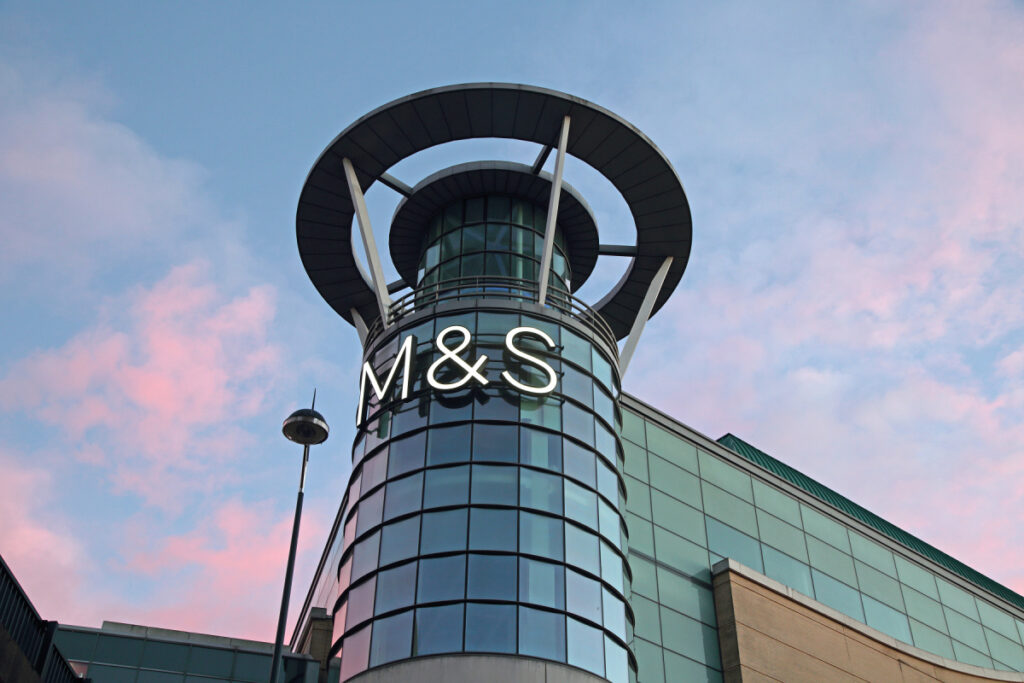What a week it‘s been for mobile and mobile payments.
First, Barclays and Twitter team up to allow the bank‘s customers to make payments over Twitter.
Then a story breaks showing a 77% growth in mobile payments in the UK with research from RetailMeNot saying that Brits are expected to spend £14.95bn in 2015. Europe is going to grow by even more – a huge 88%.
It‘s really exciting to see this kind of growth prediction for mobile payments because it moves us closer to a critical mass of customers adopting (and normalising) these types of services – services that enable retailers to move customers down the purchase funnel more quickly, no matter where they are.
The Twitter and Barclays partnership is really good news for retailers because it has the potential to make integrating mobile payments into retail apps and digital storefronts a whole lot easier.
Think about it like ‘social sign-in‘ functionality. A lot of content providers and media owners allow access to additional content and functionality in exchange for some basic information about yourself, but there are substantial costs involved with managing and maintaining this database of your active users.
Major social media platforms like Facebook and Twitter have long since democratised electronic customer relationship management (eCRM) by simplifying this sign-in and database management process, enabling people to sign in using their Facebook or Twitter account – and people are now used to this process and very trusting it.
This Barclays/Twitter partnership has the potential to seamlessly integrate social sign-in with e-commerce functionality – it could further level the mobile payments playing field, enabling individuals and SMEs to do what Fortune 500 companies do.
One potential stumbling block is confidence. The most important prerequisite for online payments – or any type of payment, for that matter – to be successful is trust in the service. I can imagine that there will be quite a bit of hesitancy initially around sending money to a Twitter handle.
However, the partnership with Barclays can go some way to alleviating some of these concerns, particularly given the fact that it will all be housed within PingIt, an already established, trusted, and widely-used source. Barclays‘ credibility is what is likely to give Twitter a competitive advantage over other social platforms that have recently entered the mobile payments space.
Another key question is around data and privacy. As of yet, very little is known about what data Twitter and PingIt will be monitoring and recording, and who will be in control or own this data.
The Barclays/Twitter partnership has potentially big implications for marketers that understand a converging media landscape, and know how to capitalise on any opportunities.
First, it widens Twitter‘s offering from being just a social media channel to including a point of sale. This will potentially have a profound impact on how customers purchase.
Secondly, it enables Twitter to enhance their ad targeting proposition. They will glean vital insights into how users purchase in social, thereby creating more complete and nuanced audience profiles.
Thirdly, social and mobile are likely to start playing a more central role in integrated ecosystem planning. With mobile payment behaviours becoming increasingly normalised, it is even more important for brands to optimise their bought, owned, and earned ecosystem for these cross-platform paths to purchase.
Lastly, customers expect to have a world of possibilities at their fingertips. The democratisation of eCRM and mobile payments plays into their hands: it will drive business big and small to vastly improve their mobile commerce capabilities, empowering customers to buy whatever they want whenever they want.
It brings us one step closer to the moment where e-commerce
RELATED STORIES

















